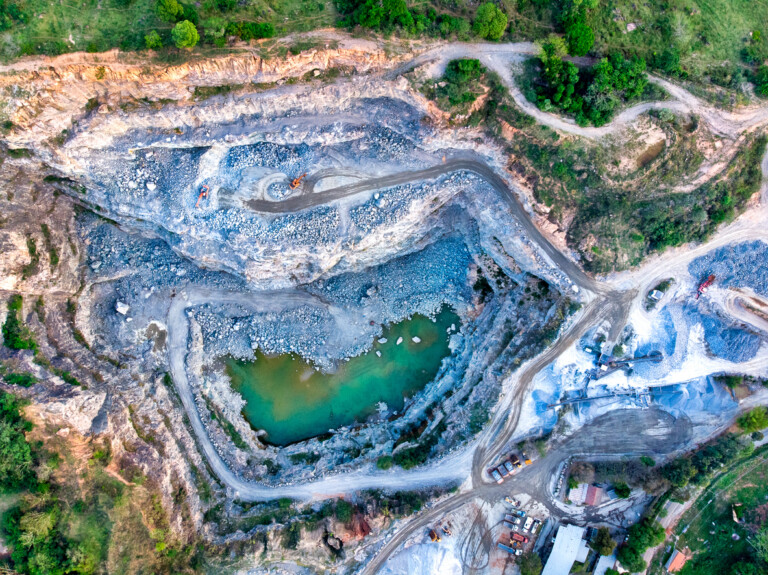
By Saul Joseph
Background
The Government of the Province of British Columbia (Province) has taken a further step towards the implementation of the Declaration on the Rights of Indigenous Peoples Act (DRIPA). The Province recently released its interim approach (Interim Approach) which sets out a process for how new policy and legislation are to be aligned with the United Nations Declaration on the Rights of Indigenous Peoples (UNDRIP).
Section 3 of DRIPA requires that the Province must ensure that the laws of British Columbia are consistent with UNDRIP. To date, there has been a patchwork of legislative amendments aimed at alignment with UNDRIP but no comprehensive process. The Interim Approach provides clarity to the Province as well as Indigenous Nations as to the high-level process for the co-development of laws and policies going forward.
Interim Approach
The Interim Approach involves a 5-step process involving consultation with Indigenous Peoples from the policy development stage potentially up to the legislative enactment stage:
- Initiate Policy Exploration and Establish Consultation Cooperation Plan
- At this stage, the Province would determine which issues they are trying to solve through the enactment of policy or legislation. If the policy or legislation may affect Indigenous Peoples, this stage requires engagement in dialogue with Indigenous Peoples in order to identify priorities, assess how the potential policy or legislation may affect Indigenous Peoples, and identify how the legislation may be consistent with UNDRIP. Engaging in dialogue may involve a variety of measures, including workshops, meetings, and correspondence, but will not include a single, uniform model for consultation and cooperation. How the consultation efforts will be shaped for each process will depend on the nature, scope, and potential effects of the proposed legislation or policy. Not all Indigenous Peoples will choose to be involved in the same way, so the Province shall accommodate multiple avenues for involvement.
- Development of Request for Decision
- The Request for Decision (RFD) developed after the initial policy exploration stage should be co-developed with Indigenous Peoples. The RFD shall examine how the proposed policy or legislation may affect Indigenous Peoples and how it is consistent with UNDRIP, it must be informed by the early exploration of policy ideas with Indigenous Peoples, and provide clarity on the policy areas engaged as well as the expected legislative timeline.
- Development of Request for Legislation
- After the RFD has been approved, there will be a Request for Legislation (RFL) which shall also be co-developed and created in consultation with Indigenous Peoples. The RFL will include a three-column document which sets out the outcome of the RFD, the ongoing exploration of policy ideas with Indigenous Peoples, how the proposed legislation or policy may affect Indigenous Peoples, and how it is consistent with UNDRIP.
- Legislative Drafting
- The legislative council will then take care of legislative drafting by working under the direction of a directing official. The legislative drafting stage will be guided by the three-column document aforementioned. Although the current policy in place in British Columbia is that the legislative drafting stage itself does not include drafting alongside Indigenous Peoples, it can include the sharing of legislative drafts that were created in consultation with Indigenous Peoples, the joint review of those drafts, and the proposals for change recommended through consultation and cooperation being sent to the legislative council.
- Introduction of Bill – Parliamentary Process
- Once the Bill has been tabled for debate in the legislature, although this process is ultimately subject to the Parliamentary process and the decisions of elected officials, there may be further opportunities for review and amendment of the proposed legislation in consultation with Indigenous Peoples. Some of these opportunities may include the hosting of public forums, holding meetings between Indigenous representatives and Ministers, and engagement in legislative committee hearings and processes. During the Parliamentary process, documents and statements concerning how the legislation was developed and the consultation efforts that took place with Indigenous Peoples may be made public.
A Step Forward
The lack of consultation on legislation has been a contentious issue for Indigenous Nations. The issue seemed to be settled by the 2018 Supreme Court of Canada decision of Mikisew Cree First Nation v. Canada (Attorney General) (Mikisew), which found that the duty to consult First Nations is generally not triggered when legislation or policy is developed, passed, or enacted.
In contrast to Mikisew, in implementing section 3, the Province has created a process that would actively involve Indigenous Peoples in the development of legislation and policy. By focusing on government-to-government relationships, creating agreements, and facilitating information sharing, the Interim Approach is very likely to meaningfully capture Indigenous perspectives in subsequent policy and legislation.
While a great step, the Interim Policy does have limitations, including the following:
- it is not particularly proscriptive, which allows for certain flexibility but may also result in uneven outcomes; and
- it does not provide guidance for the interpretation of existing policies or legislation. Section 3 of DRIPA requires that the Province take “all measures necessary” to ensure consistency of provincial laws with UNDRIP. Section 1(4) states that “Nothing in this Act is to be construed as delaying the application of [UNDRIP] to the laws of British Columbia” – the Interim Policy does not address interpretive guidance for existing laws and policies – which is a much-needed gap to address the implementation of UNDRIP today.
Also of note, the federal government also holds the obligation to ensure all laws are consistent with UNDRIP and created in consultation and cooperation with Indigenous Peoples under section 5 of the United Nations Declaration on the Rights of Indigenous Peoples Act. BC continues to be at the forefront of implementing UNDRIP, we expect the Interim Approach to be a useful model for Canada as it considers how to address the implementation of UNDRIP at the federal level.



